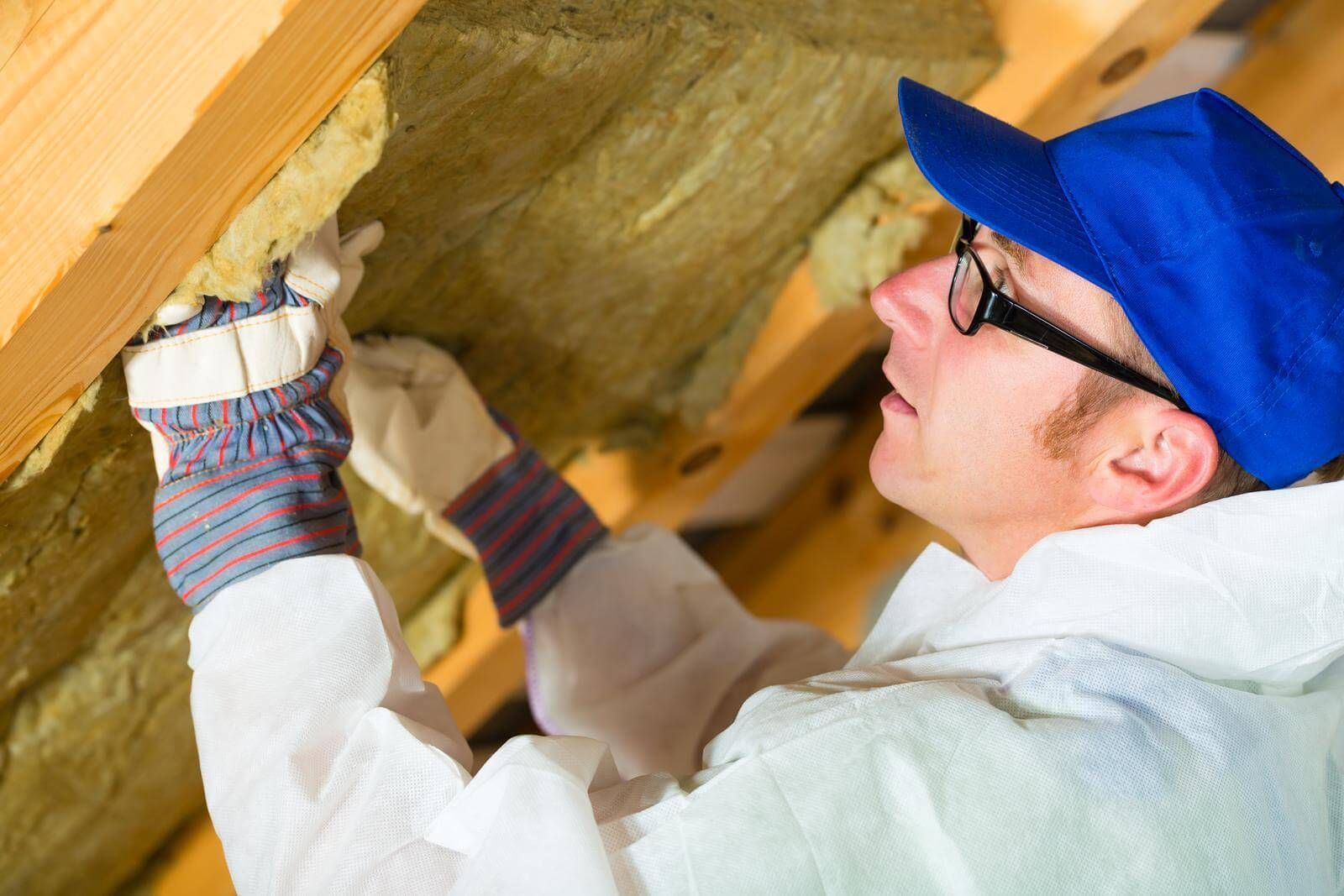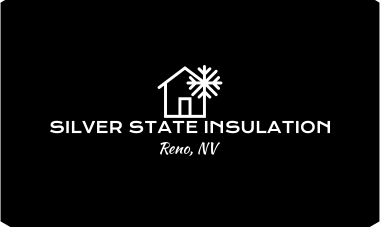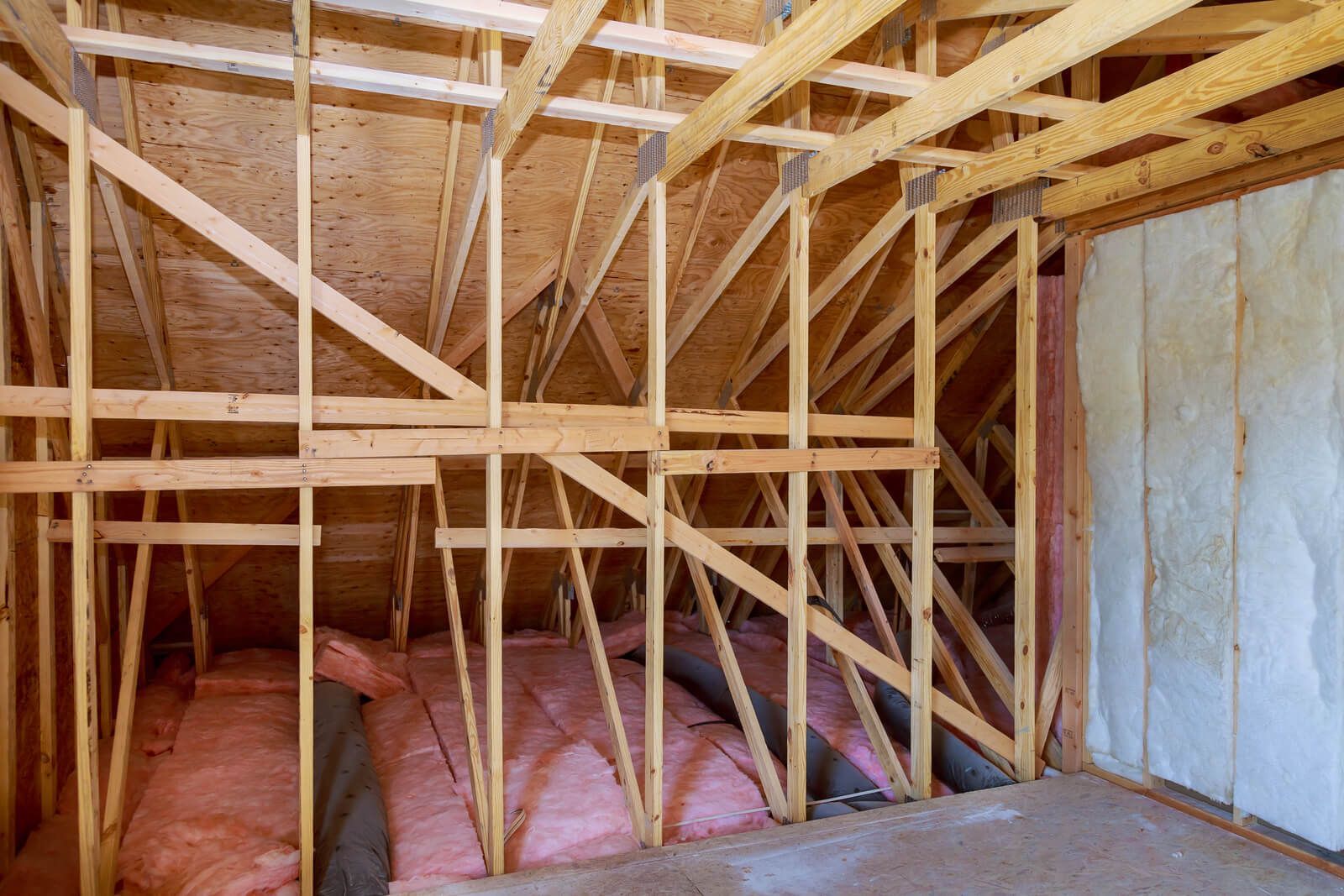Reno Attic Insulation
Attic Insulation in Reno, NV
In Reno, Nevada, there are several companies providing insulation services. To select the right insulation installation company for your home, it is essential to pick one that can deliver efficient and timely work.
The insulation in your home plays a significant role in safeguarding your investment, and you wouldn't want to incur additional expenses by having to repair poorly done work.
Attic
insulation services are crucial for homeowners living in areas with harsh winters or hot summers. They provide a cost-effective way to keep your home comfortable and energy-efficient throughout the year. In Reno, Nevada, many professional insulation contractors can help you achieve your desired insulation goals.
Insulation contractors in Reno, Nevada, are highly experienced and knowledgeable in the field of insulation systems. They understand the importance of insulation in maintaining a comfortable indoor temperature, reducing energy consumption, and improving overall indoor air quality. With their modern technology, they can install insulation on both sides of the attic, ensuring maximum coverage and effectiveness.
Thermal Bridging
One of the insulation services provided by these contractors is thermal bridging. This technique involves installing a double-paned glass door and reinforced steel door frame to trap radiant heat from the sun inside the attic and vent it outside. This method ensures that the smallest amount of heat loss is experienced by the homeowner, making their home more energy-efficient and comfortable.
Attic Ventilation
Attic ventilation is another service provided by contractors in Reno, Nevada. Properly installed ventilation allows warm air trapped inside the attic to move out quickly and easily, reducing heating bills significantly. It also helps to prevent the buildup of moisture, which can cause mold growth and damage the home's structure.
Mold Remediation
Mold remediation is also an essential service provided by insulation contractors. Mold is a common problem with insulation systems, and its growth can pose health risks to the residents of the home. Professional contractors can identify and properly dispose of mold to prevent it from spreading throughout the house and causing further damage.
Flashings
Flashings are also an essential part of insulation systems. They are installed between walls to prevent water from seeping into the home through improperly installed flashings. Insulation contractors in Reno, Nevada, can install the correct type of flashing for your installed insulation.
Contractors also provide blown-in insulation as one of the services. It is a soft, loose-fill insulation material frequently used in attics, crawlspaces, and walls.
Get a FREE Instant Quote!
Reno Insulation

Materials Used
Rock wool, cellulose, and loose-fill fiberglass are the three forms of blown-in insulation that are most commonly used, each with its advantages and disadvantages. The insulating efficacy of blown insulation increases with its R-value. Although not all blown-in insulation types have the same thermal value, providing some insulation is usually preferable to none.
1. Loose-fill fiberglass: This airy insulation is made from glass that has been heated to a liquid state and spun into fine fibers. Loose-fill fiberglass provides an average R-2.5 thermal value per inch when blown into walls and attics (the higher the number, the better the insulating effect).
To equal the insulating property of an R-19 insulation batt (R-19 is a typical batt value), you would require fiberglass blown-in insulation that is approximately 7.5 inches thick. Over a 106.6 square foot area, one bag of loose-fill fiberglass will produce a thermal value of R-19.
2. Cellulose: Since it is created from finely shredded recycled newspaper or cardboard, cellulose is frequently the insulation of choice for environmentally conscious households. This is the most popular variety of insulation available, and it has been chemically treated to withstand fire and mold.
A drawback of cellulose is that it can lose its fluffiness and become soggy and compacted if it gets wet (from a leaking roof or pipe), which lowers its R-value. Since the typical thermal value of cellulose insulation is R-3.7, it would take more than five inches to equate to an R-19 batt. At a thermal value of R-19, a cellulose bag will cover 36.7 square feet.
3. Rock wool: This sort of blown-in insulation, sometimes known as "mineral wool," is manufactured from blast furnace slag, produced when iron and iron ore are burned.
The slag is heated, mixed with additional minerals, and spun into a light material with a consistency similar to that of unprocessed sheep's wool. A single bag of rock wool insulation only covers 60 square feet at a thermal value of R-19 while having a thermal value of R-3.3 per inch.
In places governed by fire rules, such as the connecting wall between a home and an attached garage or the floor between a garage and a FROG room (finished room above the garage), rock wool is frequently required due to its exceptional fire resistance.
This insulation, made of fiberglass, cellulose, or rock wool, may be physically blown into tight areas using a blower machine with a pump connection. R-value is a measurement of how well an insulator resists heat.
Importance of R-value
The R-value of the blown-in insulation you put in must be higher the colder your surroundings are. For information on the insulation needed for your climate, consult the chart provided by the Department of Energy.
You need to have the correct number of R-values in the insulation. It is a measurement used in construction to determine the level of thermal resistance of insulation materials. It describes how well an insulating material can impede heat transfer and is commonly used to assess the effectiveness of insulation in a building.
The greater the R-value of an insulating material, the better it is at preventing heat flow. As a result, selecting insulation materials with higher of these values, is crucial for reducing energy consumption and maintaining comfortable indoor temperatures.
The amount of insulation you need in your home depends on where you live and which part of the house you're insulating (like walls, crawlspace, or attic). For outside walls, it's usually recommended to have an R-Value between 13 and 23. But for the ceiling and attic, the recommended R-Values are higher, like R-30, R-38, or R-49. However, typical business spaces in Nevada require R-19 to R-38 for ceilings, higher for those with attics.
Conclusion
In conclusion, insulation services are crucial for maintaining a comfortable and energy-efficient home in Reno, Nevada. By hiring insulation contractors, you can ensure that your insulation is installed correctly, using the appropriate materials and techniques. With their expertise, modern technology, and maintenance services, these contractors can help you achieve your insulation goals, reduce heating bills, and improve indoor air quality.


